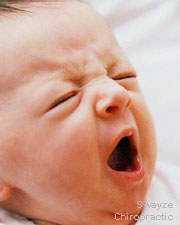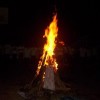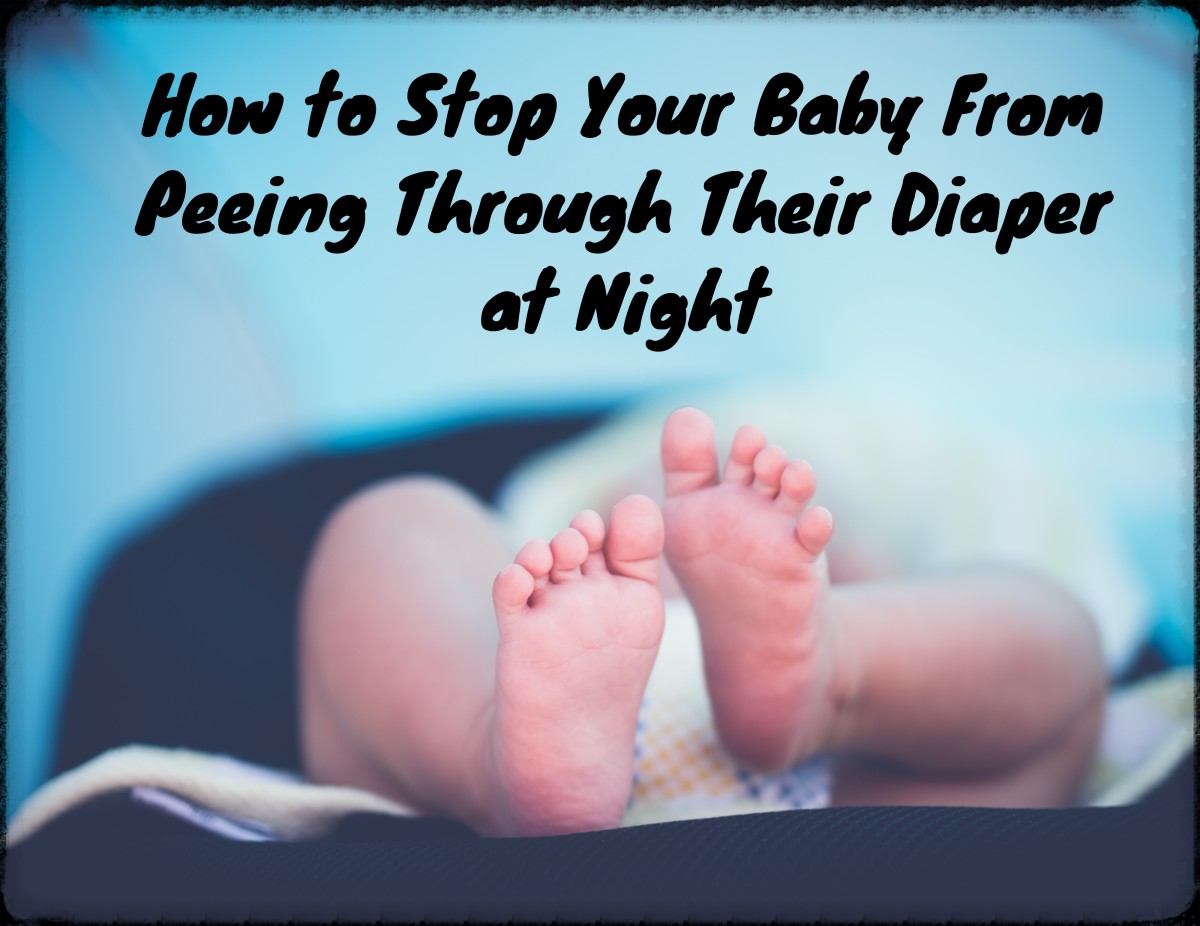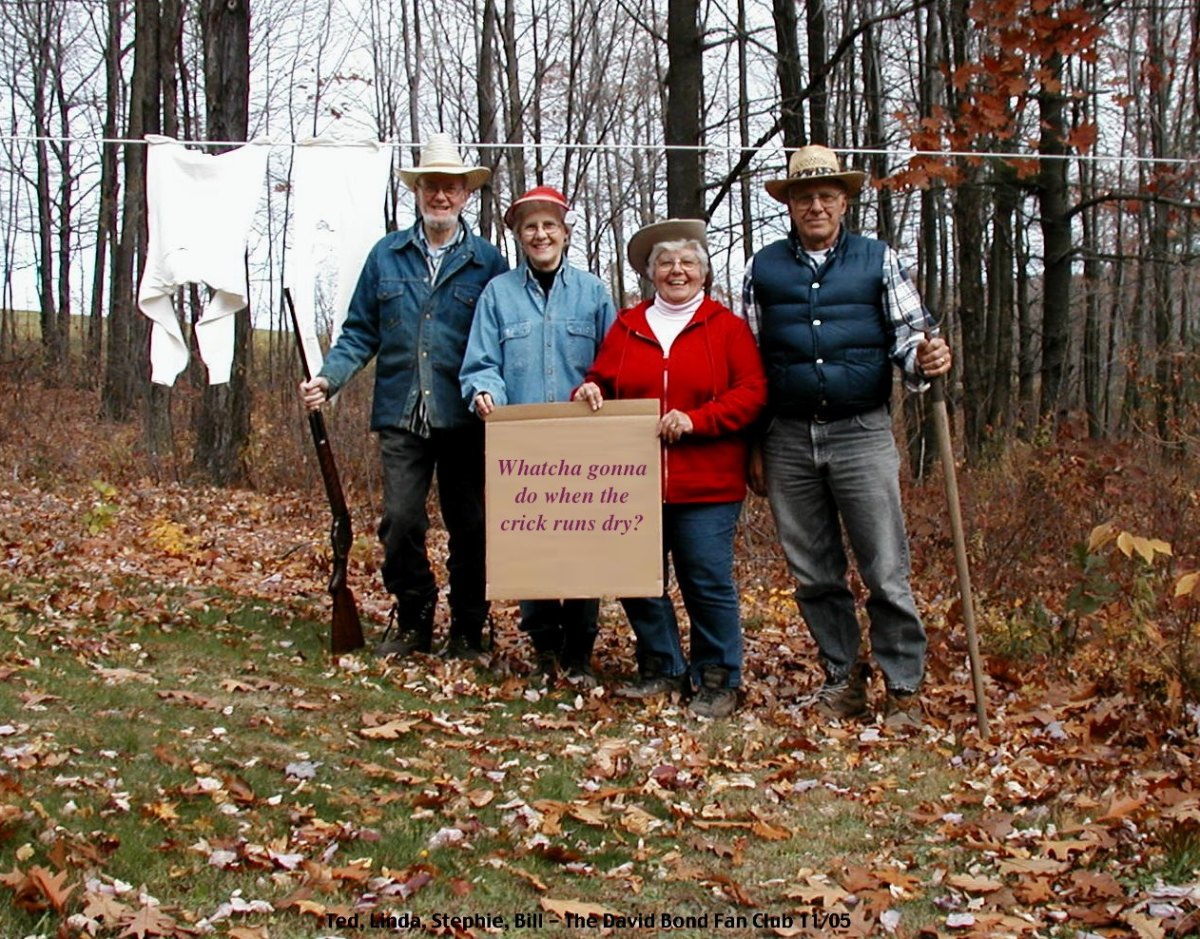Colic on babies
Colic on babies
Causes, signs , symptoms
An uncomfortable condition commonly manifested by sudden crying of the baby usually in the evening or late afternoon. Other signs include tense and slightly distended stomach, clenched hands, and cold legs which may stiffen or pull up against the abdomen. Emotional factors may contribute to the occurrence of the colic. Irritable and highstrung babies are more prone to frequent attacks. Tension and quarrels in the home may increase its frequency. Colic occurs most often during the first 3 months after birth and rarely persist thereafter.
Treatment
1. Hold, gently rock, or let baby lie on his or her stomach during colic attack.
2. Breast-feed the baby. Breast-fed babies have less chance of having colic than bottle-fed babies. For bottle-fed babies, check milk formula and nipples to make sure they are right and of proper size, respectively. Improve feeding techniques. Always hold baby in a semi-lying position when feeding.
3. Burp the baby after every feeding by holding him or her upright close to your shoulder or letting him or her lie on the stomach.
4. Avoid or minimize tension and quarrels. Try to maintain a warm, stable, and secure emotional environment.









